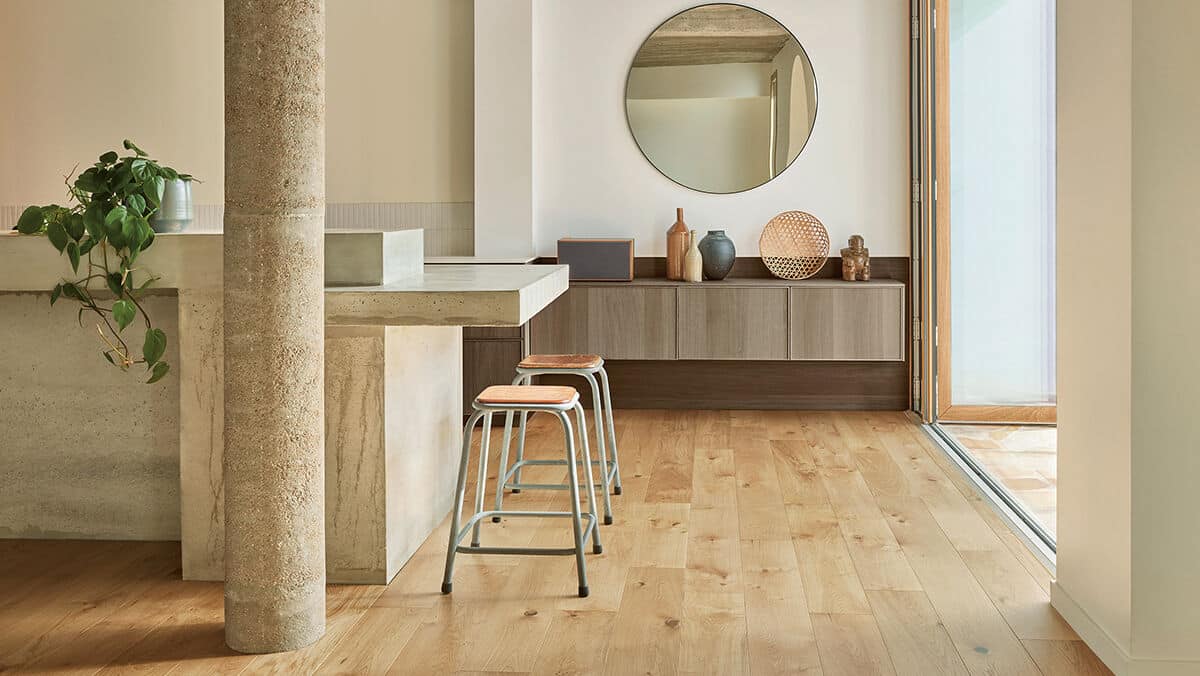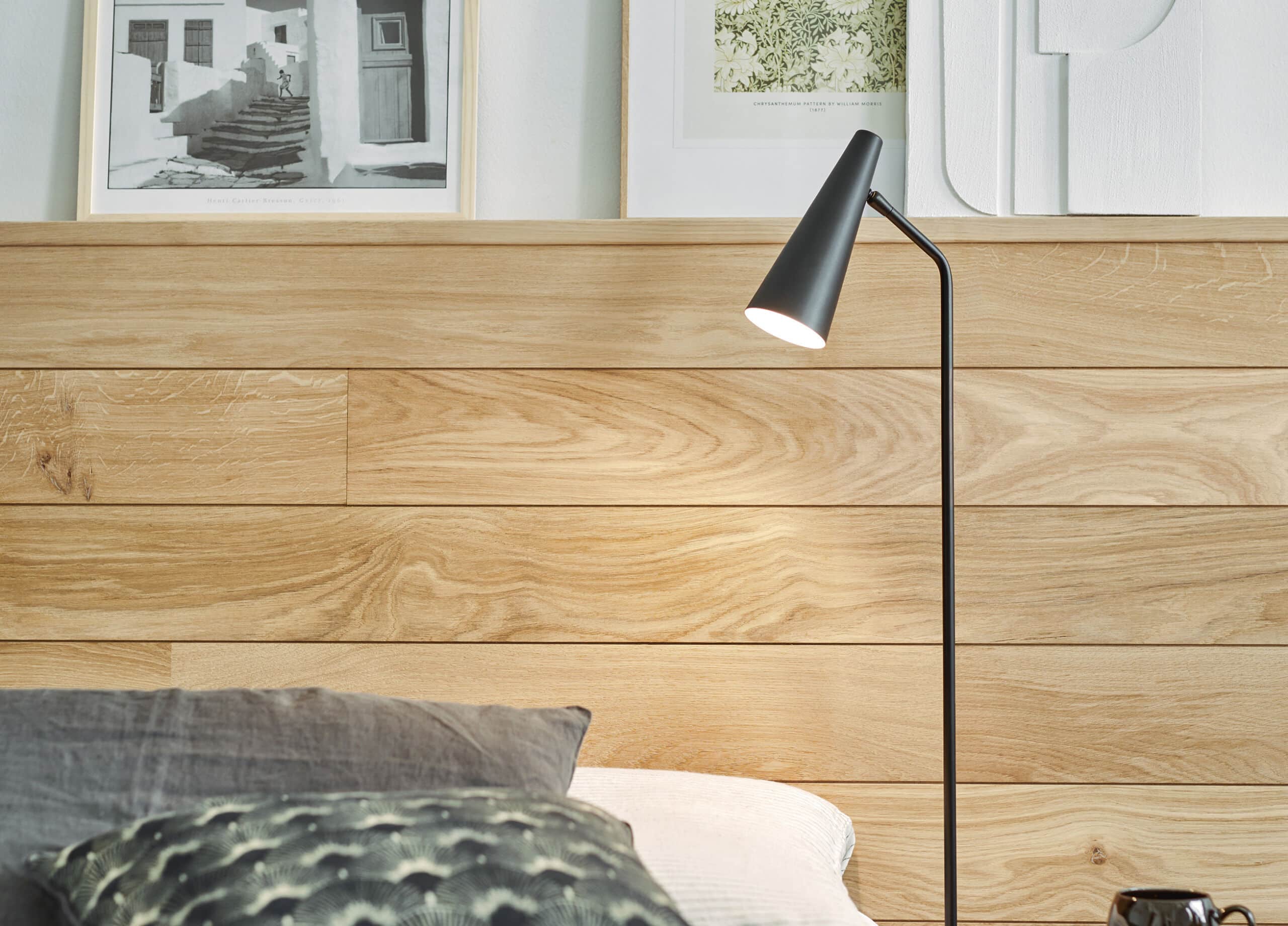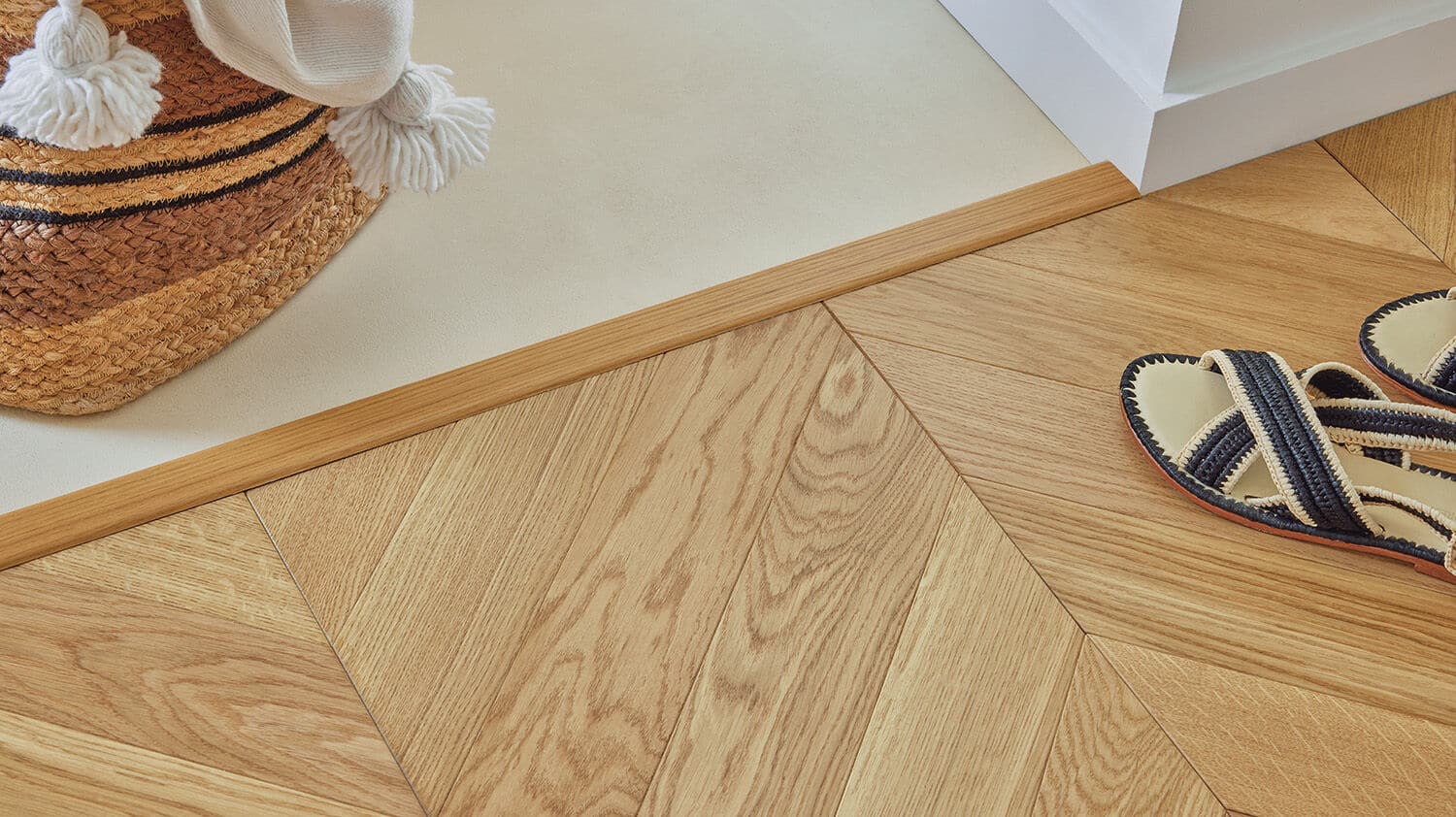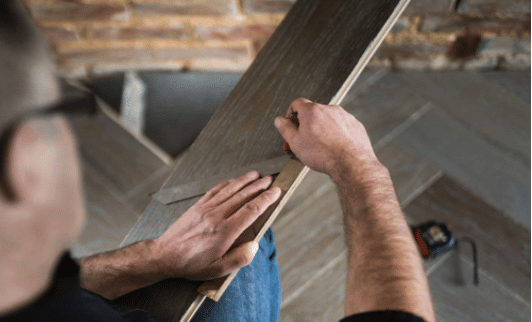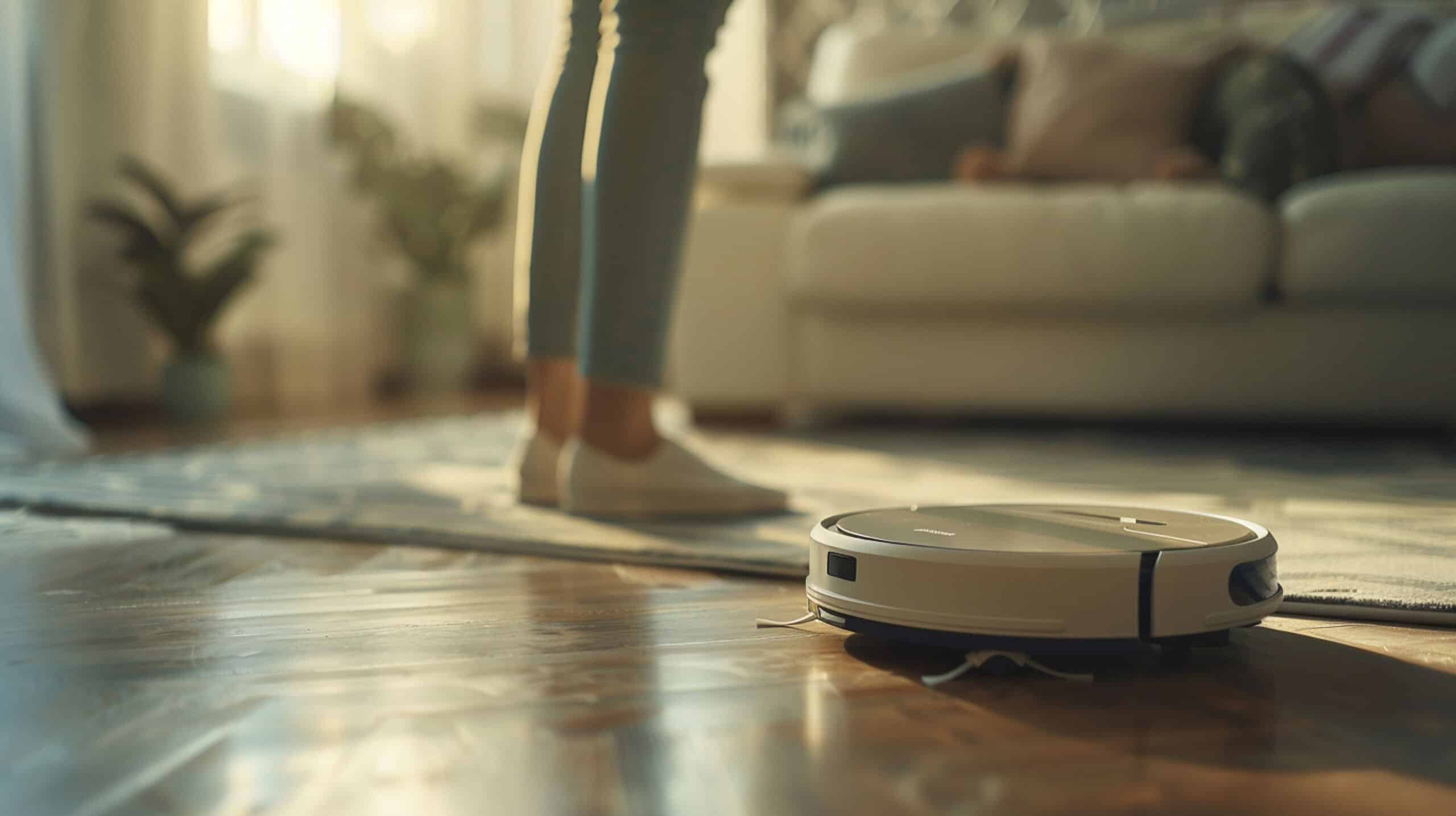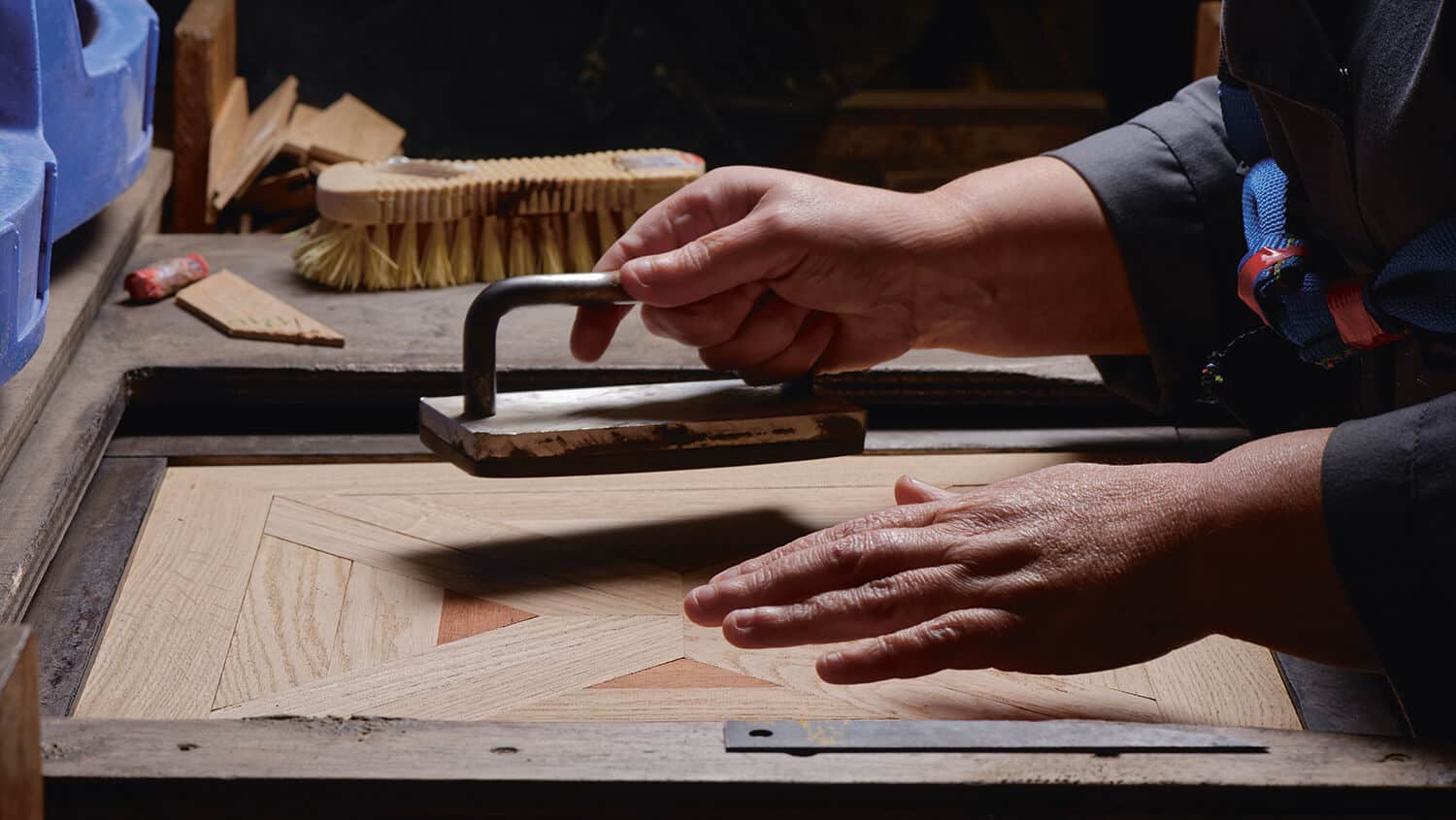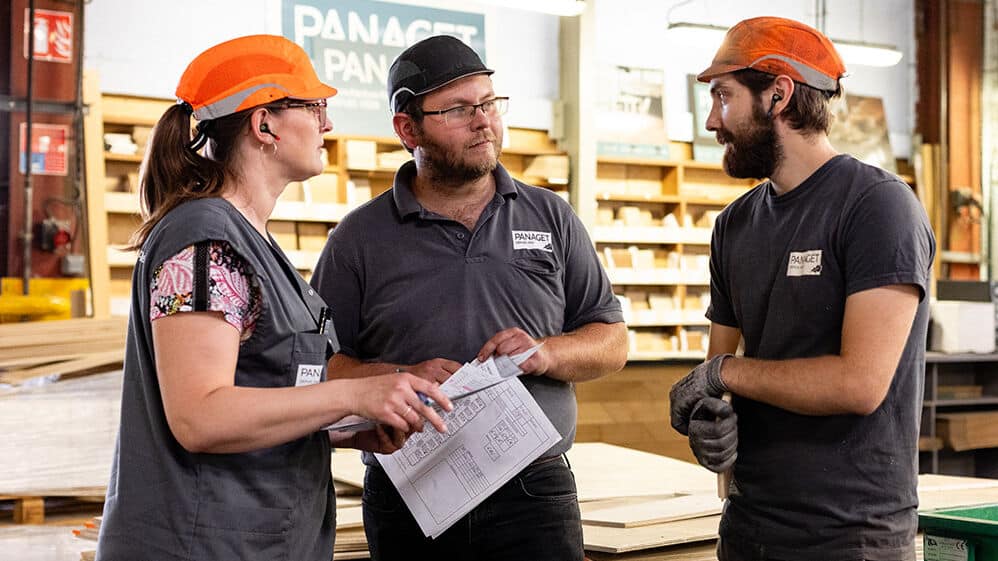How to install an acoustic underlay for a wood floor?
If you choose to install a floating wood floor, installing an acoustic underlay is essential as it helps reduce the transmission of noise and impacts from one room or floor to another. Since a floating wood floor is installed over an air gap, it can amplify noise and resonance. Here’s how to install an acoustic underlay for your wood floor:
Prepare the floor for the underlay
- Before beginning the installation of an acoustic underlay, ensure that the floor is clean and free of irregularities. Vacuum the floor and use a leveling compound if necessary to smooth out any irregularities and provide a clean, even surface.
- For floating installations, you can install a moisture barrier beforehand if the subfloor is at risk (concrete, cement, ground-level slab). Some acoustic underlays come with this barrier already attached, which makes installation easier. On wooden subfloors, the underlay should be breathable. In the case of glued-down installations, using a polyethylene film is prohibited, but you can use a cork underlay, which provides effective acoustic insulation.
>> Explore the different underlays for floating wood floors <<
Install the acoustic underlay
Most of the time, the underlay comes in the form of a roll.
- Unroll the underlay on the floor parallel to the wood floor planks.
- Extend the underlay up the walls by at least 1 cm; it’s better to allow for a bit more overlap, as it’s always better to have the underlay too high than too low. You can trim any excess later.
- Continue this process across the entire floor, ensuring that the seams are butted together. Secure them with tape as needed.

